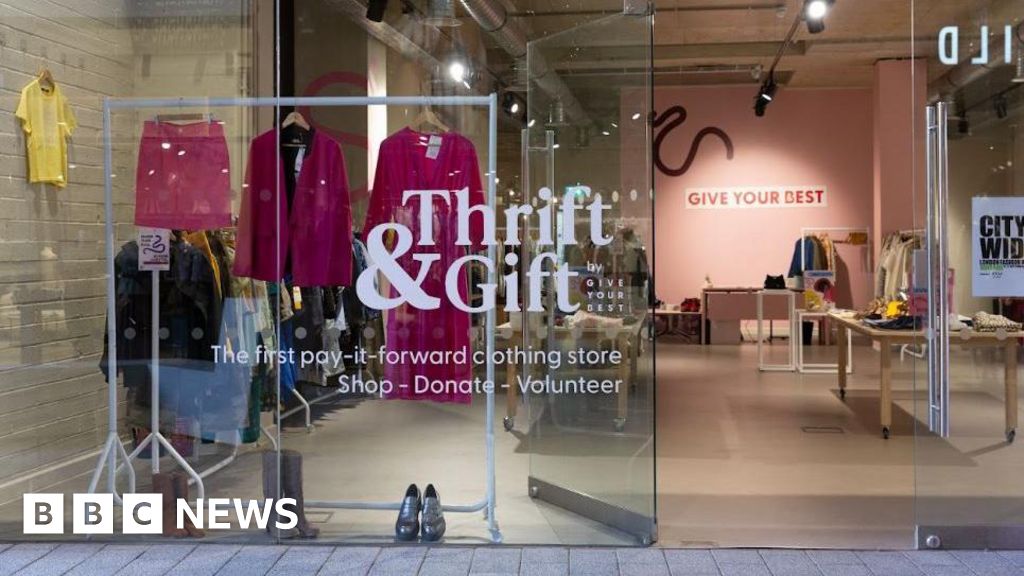Bussiness
KYC and open banking: the future of seamless verification – London Business News | Londonlovesbusiness.com

We recently had the opportunity to sit down with Anastasija Tenca, Chief Operations Officer at Noda, to discuss the latest developments in Know Your Customer (KYC) processes. With her deep experience in fintech and open banking, Anastasija shared valuable insights on how innovations like document-free verification and AI are transforming KYC, balancing security with user experience, and what the future holds for the industry.
KYC has been around for a while — what’s the biggest shift you’ve seen in recent years?
The most significant shift, of course, has been the move toward document-free verification. This is happening across various industries and legal frameworks. Document-free verification enabled businesses to stay compliant while drastically reducing customer friction. Usually, the approach combines traditional methods like ID and selfie checks with integration from government portals and banks.
Another major advancement is the orchestration of KYC checks. This allows companies to run independent, modular verifications. For instance, during initial sign-up, verifying a user’s citizenship and age might suffice. Later, for fraud prevention, businesses may only need to check for duplicate accounts — without requiring the user to submit their ID again. This flexible approach greatly expands the possibilities and efficiency of KYC tools.
How is open banking driving new KYC innovations at Noda?
As I said before, via document-free verification. Traditionally, KYC processes required users to provide and verify personal details through methods like ID checks, proof of address, or age verification. Open banking enables companies to leverage bank data, which is paper-free. Open banking allows to verify a user’s bank account ownership, age, and name, directly through bank records—creating a superior use experience for customers.
We always hear about friction in the KYC process. How do you balance security with customer experience?
In the past, the friction arose mostly because users weren’t familiar with providing IDs and selfies. Over the last five years, KYC has become standard for everyday actions like opening bank or investment accounts, applying for loans, or getting insurance. Today, as the shift to document-free is undergoing, there are more flexible ways to verify identity without traditional ID checks—such as using Open Banking data to confirm income for instance.
At Noda, we use all available tools to streamline these processes. We eliminate unnecessary steps and prioritise the user, while also ensuring that security and privacy remain our top priorities in every KYC solution we offer, without overburdening the customer experience.
What role does AI play in modernising KYC processes? Any real-world examples you can share?
We definitely live through exciting times as AI and machine learning are transforming many different industries and operations. KYC processes are not an exception.
One key area is automated data analysis and fraud detection. AI algorithms can quickly analyse vast amounts of data to detect patterns and identify potentially fraudulent activities or suspicious transactions in real time. This significantly enhances the accuracy and efficiency, improves overall security and compliance.
For example, many leading KYC providers now use AI to streamline identity verification by automatically verifying documents, cross-referencing databases, and flagging inconsistencies. This approach, of course, reduces manual errors and human factor. It also speeds up the onboarding process.
What’s one myth about KYC that you’d like to debunk today?
I’d say that a common myth I’ve heard about KYC throughout my professional experience is that it leads to data leaks or that bad actors can access users’ personal details. This concern makes some hesitant to complete identity checks online. The reality, however, is much safer today.
For example, accessing leaked data is nearly useless without additional verification steps. Even if personal details are compromised, fraudsters would still need to pass a selfie re-check or biometric validation, which many companies now require. At Noda, we ensure merchants have access to these advanced tools to protect user data through encryption and secure storage.
Another argument against that myth is that these types of data are extremely difficult to access or interpret due to strong encryption and normalisation techniques applied by KYC providers to add another layer of protection.
What’s your vision for KYC five years down the road?
My vision is fairly positive, especially with the advancement of new exciting technology. I think that in the next five years, KYC processes will see widespread adoption of reusable checks across multiple industries. As I said earlier, the key advancement will remain the shift towards document-free verifications.
Open Banking data is another positive predicament for the future. I think more and more businesses will see its immense value and the adoption will rise. This will streamline KYC, making it more seamless and user-friendly, with checks becoming increasingly common based on the user’s country and the services they frequently use. The ultimate goal will be to simplify the process for end-users, making the security even stronger with less friction.










